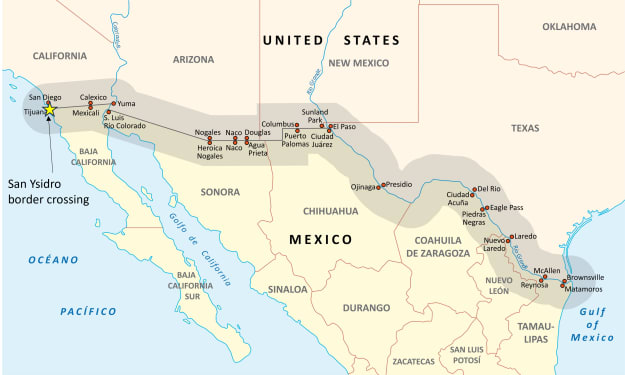Plumbing Inventions
Developments and innovations of plumbing throughout history.

PLUMBING INVENTIONS
Necessity is the mother of invention. Whether it’s due to health reasons, avoiding distasteful chores, or keeping one’s mind occupied, many of the plumbing inventions we take for granted today have some pretty interesting origin stories. And, believe it or not, not a single one of these inventors started out working in plumbing.
In 1937, a young man was cleaning up after a long day of work. He walked over to the sink, turned the knob and stuck his hands under the stream of water to wash up. The scalding of his hands by the hot water caused this young man, Al Moen, to look for a better option for regulating water temperature when turning on the faucet. By 1939 he had finished his invention, the Single Handle Mixing Faucet, which allowed users to adjust the temperature of the water being used by adjusting a single handle rather than two handles.
The need for safe drinking water in public places is what inspired Halsey Taylor to create the Double Bubbler drinking fountain. Halsey’s father died from typhoid fever as a result of drinking contaminated water. Many years later in his role as plant superintendent for an automobile manufacturer he noticed that the workers were contracting dysentery and it was spreading quickly and believed the drinking water was the reason. The Double Bubbler drinking fountain has two streams of water that combine to enable the drinker to take a larger, more satisfying drink of water. The force creates a higher arc of water which keeps the mouth of the drinker further from the fountain surface creating a more sanitary drinking fountain.
Taking out the garbage isn’t a chore most people enjoy, especially if it’s smelly old food garbage. If you’ve never gagged over having to carry old food garbage outside to the garbage can or compost pile, consider yourself fortunate and thank John W. Hamms who hated the chore so much he decided to invent a solution. In his basement workshop in 1927 he hooked a grinder to an electric motor which made it possible to chop food up into small enough pieces to send it down the drain. Over the next 11 years he continued to tweak and perfect his invention and finally in 1938 the InSinkErator, what we now know as the garbage disposal, was ready for the production line. Although many cities and towns initially banned the use of the new invention in homes over concerns that the food particles would damage sewer systems, eventually the powers that be changed recognized the benefits of the InSinkErator and many even required installation of the device in new homes.
Sir John Harington, courtier, unsuccessful poet and Godson to Queen Elizabeth I of England. From 1584 to 1591, Sir John was exiled to the town of Kelston after the Queen banished him from court for telling risqué stories. With so much time on his hands, he built a house and invented the “Ajax”, what is now known to the world as the first flushing toilet. Queen Elizabeth eventually forgave Sir John and went to visit him at his house in Kelston. The Queen was so taken with Sir John’s invention that she ordered one for herself. Unfortunately, the majority of the population weren’t as impressed with the invention as the Queen was so the chamber pot reigned supreme for another 200 years. Alexander Cummings took out the patent on a flushing water closet that was very similar in design to the “Ajax” invented by Sir John Harington.
Up until the late 1800”s, if you wanted a hot bath, the only option was to heat small batches of water over a stove and gradually fill the tub with the heated water. A house painter is the first man to hold a patent on a water heating system that provided a second option for heating your bath water. House painter Benjamin Waddy Maughn invented a system for heating water that involved cold water in a tank at the top of the device traveling through pipes that had been heated by hot gases fueled by a burner at the bottom of the device. Ultimately the water heater which Maughn called “The Geyser” was unsafe to use since it didn’t have any vents to allow for the release pressure from the heated gasses. By the 1890’s several inventors had taken Benjamin Waddy Maughan’s idea and built on it and over time perfecting it into the water heater we know today.
Water heaters, garbage disposals, toilets and faucets, all things most of us use every day and the vast majority of us don’t give them a second thought. Perhaps knowing how they came to be can help us picture life before they existed and be more appreciative of the lives we have with these amazing inventions.’






Comments
There are no comments for this story
Be the first to respond and start the conversation.